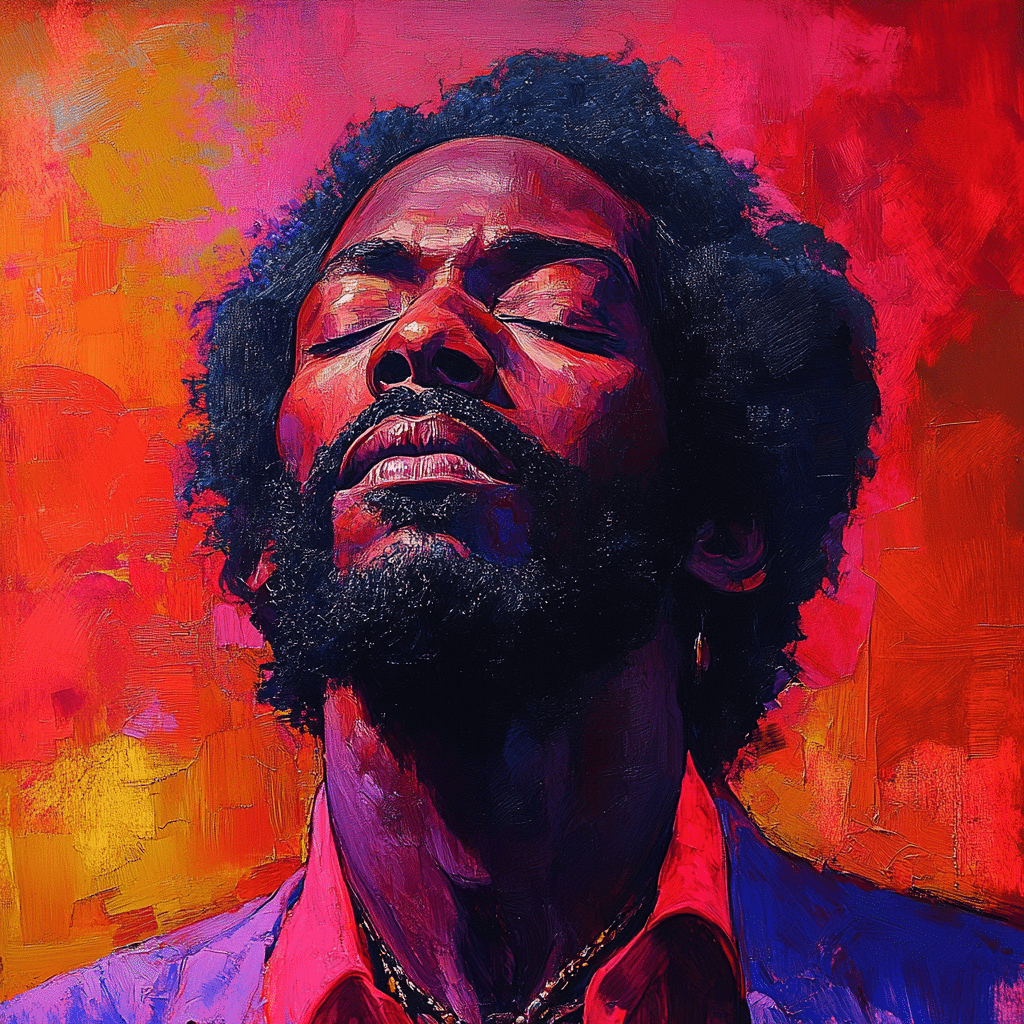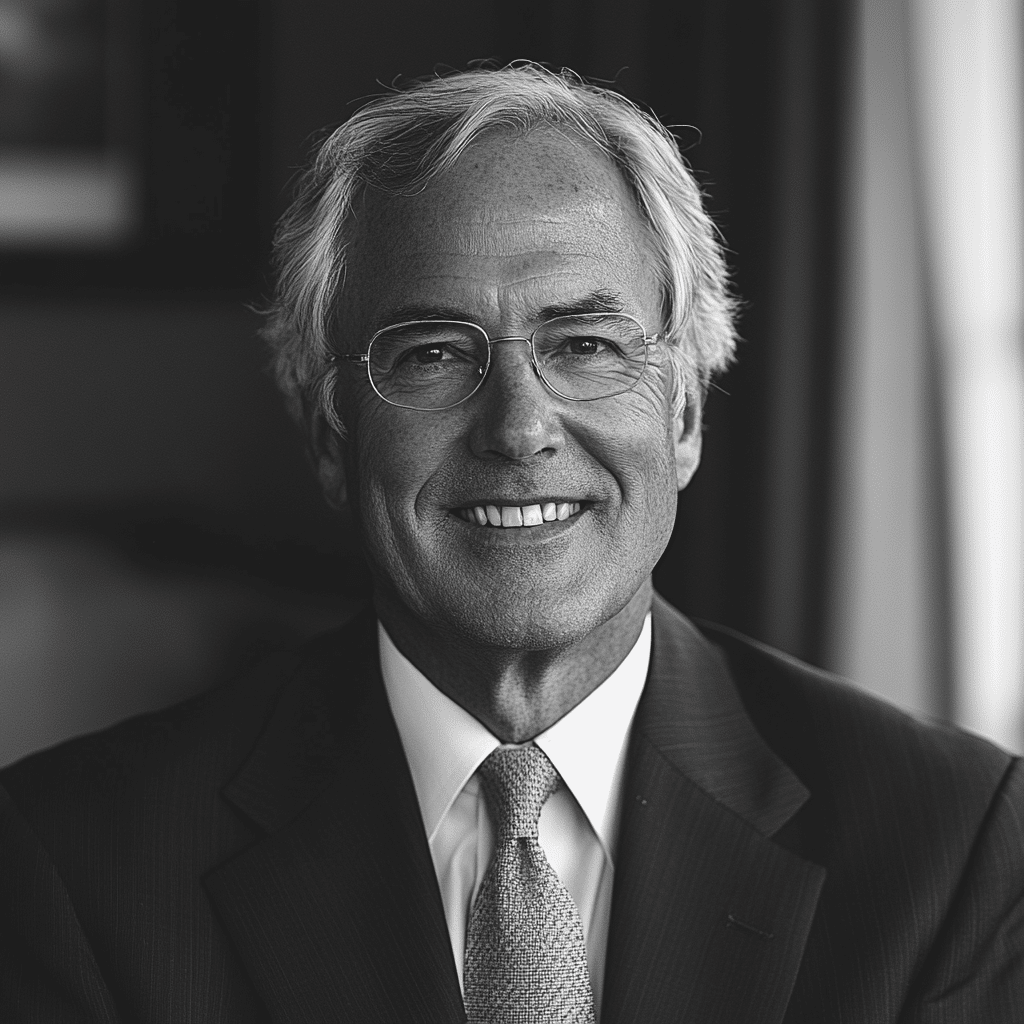In the landscape of comedy, it’s rare for a single sketch to resonate so deeply with audiences that it transforms everyday phrases and cultural conversations. Enter A-Aaron, the comedic gem from Key and Peele that set the interwebs ablaze in 2015. This sketch introduced us to Mr. Garvey, a hilarious yet chaotic substitute teacher who mispronounces student names, propelling us into an uproar of laughter and reflection. With Keegan-Michael Key’s impeccable timing and charismatic presence, the mispronunciation of ‘A-Aaron’ not only elicited roars of laughter but also emphasized broader themes surrounding identity and cultural nuances.
Through the misadventures of Mr. Garvey, we find humor rooted in a common schoolyard experience—the struggles of mispronounced names. This moment celebrates the beauty of our diverse identities, casting a light on the way language shapes our perception of self. The unmistakable charm of this iconic sketch left an indelible mark on pop culture, leading us to explore what makes a comedy sketch legendary.
The Sketch Phenomenon: A-Aaron Explained
In its essence, the A-Aaron sketch taps into universal school experiences. Everyone remembers the awkwardness of substitute teachers fumbling names—there’s a strange comfort in knowing that, at some point, we’ve all been ‘A-Aaron’ in some fashion. But what makes this particular sketch shine is the extraordinary performance by Key, who embodies the role of Mr. Garvey with a mix of authority and confusion. His struggles in the classroom quickly morph into a chaotic comedy routine, peppering in the mispronunciation of names like ‘Jaqueleen’ (pronounced “Jay-Quellin”) and ‘Blake’ as “Balakay.”
However, there’s more than meets the eye with the A-Aaron sketch. While it serves as a hilarious commentary on the trials of identity, it also underscores a societal tendency to misinterpret and overlook cultural nuances. Key and Peele cleverly dovetail humor with a reflection on how people navigate their own names and identities. Much like the mispronounced names in their sketch, unique identities often face misunderstanding in various contexts, invoking both laughter and introspection.
The sketch is a classic example of how comedy can engage with serious themes while offering a light-hearted critique on society. Key and Peele excel at using humor to address underlying issues experienced by many—one doesn’t just laugh; one contemplates the why’s and how’s behind the laughs. In doing so, A-Aaron elevates itself beyond mere entertainment, becoming a commentary on culture and identity.

Top 7 Elements That Made A-Aaron Hilarious
The chaotic classroom atmosphere experienced by students everywhere is at the forefront of this sketch. Key and Peele expertly capture the communal cringe and humor tied to substituting teachers fumbling with names, creating a shared memory for all audiences.
Mr. Garvey’s misinterpretations provide a lens through which viewers explore their own experiences with identity. The sketch serves as a reminder of the humor and absurdity found in cultural misunderstandings, mirroring the plotlines of films like Everyones Hero that explore themes of belonging.
The electric chemistry between Key and Jordan Peele ignites the sketch’s humor. Their synergy echoes the camaraderie of famous trios like Brian Cox in Takers and The Ghost and the Darkness, where characters play off each other to amplify comedic moments.
Who hasn’t shouted “A-Aaron!” at least once since the sketch aired? This catchphrase quickly morphed into a cultural lexicon, embraced in memes and jokes across social media platforms, akin to catchphrases from classics such as Mad About You.
Mr. Garvey stands out as more than a caricature; he’s a well-rounded character, rife with quirks reminiscent of real-life educators. This richness adds layers to the comedy, evoking empathy and laughter in equal measure, much like the multi-dimensional characters found in The Ranch.
Key’s physical presence enhances the sketch’s humor—his expressive reactions and erratic movements craft a visual punch that complements the verbal hilarity. This is reminiscent of Joel McHale’s performances in various films and television shows, where body language plays a significant role in comedy.
The name ‘A-Aaron’ transcends the sketch itself to symbolize shared cultural experiences involving mispronunciations. It fosters a sense of kinship among individuals whose names are often misrecognized, representing a collective voice of amusement.
Beyond the Sketch: A-Aaron’s Pop Culture Legacy
The cultural impact of the A-Aaron sketch ripples far beyond its initial airing. It’s evident in how the sketch has informed modern memes and references in film, much like how the Good Boy Movie taps into themes of loyalty and adventure reminiscent of the classroom antics featured in Key and Peele’s comedy.
As the influence of the sketch has woven itself into popular discussions, it also sparks conversations about names and identity, resonating in a society that continues to grapple with cultural representation. Similar to Natalie Portman’s character in Star Wars, who navigates her identity amid vast challenges, Mr. Garvey’s mispronunciation highlights the complexities between names and the identities they encapsulate.
Memes featuring iconic phrases from the sketch flood various platforms, similar to the pervasive cultural footprint left by the Kelis Bill Murray nostalgia. The warm embrace of A-Aaron reflects our yearning for connection through shared laughter, illustrating how comedy can foster a sense of community.

Final Thoughts on A-Aaron’s Impact and Reach
The A-Aaron phenomenon has sparked essential discussions on identity, representation, and the enjoyable absurdities of human interactions. Through their trademark humor, Key and Peele have successfully illuminated broader societal themes while keeping laughter at the forefront.
In a world where our communications often shape perceptions, the charm of this sketch serves as a reminder that even the most trivial moments—like a substitute teacher mispronouncing names—can encapsulate empathy, identity, and humor. Ultimately, A-Aaron secured its place in the pantheon of legendary comedy sketches, becoming a timeless reference that proves comedy is more than just entertainment; it’s a gateway to understanding ourselves and each other. So, whenever you hear “A-Aaron,” remember the laughter and lessons that come with it—a delightful reminder of the tapestry of identities that enrich our lives.
A-Aaron: The Hilarious Prank of Key and Peele’s Sketch
The Setup and Punchline
If you’ve ever said “A-Aaron!” with that infamous tone, you know exactly what we’re talking about. The scene from Key and Peele has taken the internet by storm, transforming the name Aaron into a comedic masterpiece. What many don’t realize is that the sketch taps into cultural quirks that resonate with a lot of folks. Just like the eccentric vibes of a goth girl at a high school event, the humor hits differently based on perspective. This clever twist shows how names can lead to light-hearted chaos in even the most serious settings.
Key Contributors
The brilliance of this sketch is credited to the dynamic duo, Keegan-Michael Key and Jordan Peele. Their comedic chemistry could rival any laughter-inducing duo in Hollywood. Interestingly, Theo Germaines knack for delivering punchlines draws parallels with the sketch’s impact, proving that talent like theirs is hard to miss. And let’s not overlook Kiki Wong, who brings her unique style to various productions, shining a light on new forms of comedy that expand on what we saw in “A-Aaron. Whether you’re laughing out loud or rolling your eyes, this sketch’s influence is unmistakable.
Pop Culture Pipeline
Just like how Suge Knights notorious past finds its way into countless conversations,A-Aaron” has embedded itself into pop culture. The sketch has been referenced in memes, discussions, and even parodies, demonstrating its far-reaching influence. You might even find references in unexpected contexts, like the chilling scenes in the Chloe Bailey sex scene where tension and humor blend. It’s a testament to how one clever sketch can weave itself into various forms of entertainment—and the commentary that surrounds them.
In today’s fast-paced market, humor remains an essential component, similar to quality skincare like Peter Thomas roth, which enhances one’s appearance while making you feel good. So, whether you’re puffing on some Pgr weed or hanging out with friends, just remember to throw in an “A-Aaron! for that extra touch of fun.

What show is AA Ron from?
AA Ron is from the comedy sketch “Substitute Teacher” on the show Key and Peele.
What names did Mr. Garvey mispronounce?
Mr. Garvey mispronounced several names, including Jacqueline as “Jay Quellin,” Blake as “Balakay,” Denise as “Dee-nice,” and Aaron as “A. A. Ron.”
Why do people call Aaron AA Ron?
People call Aaron “AA Ron” because of a humorous skit where a substitute teacher struggles to pronounce students’ names, creating a memorable catchphrase.
What does Aron mean?
The name Aron means “mountaineer” or “mount of strength,” and it’s an alternate spelling of Aaron, a notable figure in biblical texts.
Did Key and Peele have a falling out?
Key and Peele had a mutual decision to end their show after five seasons, feeling it was the right time to move on creatively.
What does ay ay ron mean?
“AY AY RON” is just a playful mispronunciation of the name Aaron, popularized by the same Key and Peele skit.
Why did Key and Peele end?
The duo ended the show to focus on other projects and explore new opportunities, leaving a strong legacy behind.
How much do sub teachers make in Florida?
Substitute teachers in Florida typically earn between $10 and $15 per hour, depending on the school district and their experience.
Who played AA Ron?
Keegan-Michael Key played AA Ron in the iconic “Substitute Teacher” sketch, showcasing his comedic talent.
Which is correct Aron or Aaron?
Both Aron and Aaron are correct spellings, but Aaron is more commonly used as a given name.
Who said you done messed up Aaron?
“I told you, you done messed up, A-A-Ron!” is a memorable line from the “Substitute Teacher” sketch, emphasizing the teacher’s frustration.
What is the female version of Aaron?
The female version of Aaron is typically spelled Erin, which is a popular name on its own.
What did Aron do in the Bible?
In the Bible, Aron or Aaron was the brother of Moses and served as the first high priest of the Israelites.
How do you pronounce Aron?
Aron is pronounced like “air-uhn,” and it’s important to distinguish this from the more common pronunciation of Aaron.
Is Aron a German name?
Aron is not a German name; it has roots in Hebrew and carries biblical significance.
What are the most mispronounced names?
Some of the most mispronounced names include Jacqueline, Blake, Denise, and Aaron, thanks to key moments in pop culture like the “Substitute Teacher” sketch.
What happened to Mr. Garvey on Little House on the Prairie?
Mr. Garvey, the character from Key and Peele, didn’t appear in Little House on the Prairie; that’s a different show altogether.
When people mispronounce your name?
When people mispronounce your name, it can be frustrating, but sometimes it can lead to funny moments or inside jokes.
What is the meaning of substitute teacher?
A substitute teacher is a fill-in educator who steps in when the regular teacher is unavailable; they help keep the class going in the temporary absence.
Where is substitute teacher streaming?
You can find “Substitute Teacher” and other Key and Peele sketches streaming on platforms like Hulu and HBO Max.
What show is Mr. Garvey from?
Mr. Garvey is a fictional character from the Key and Peele show, known for his hilarious mispronunciations as a substitute teacher.
Is Key and Peele on Netflix?
Key and Peele is not currently on Netflix, but you can catch their episodes on other streaming services like Hulu.
















